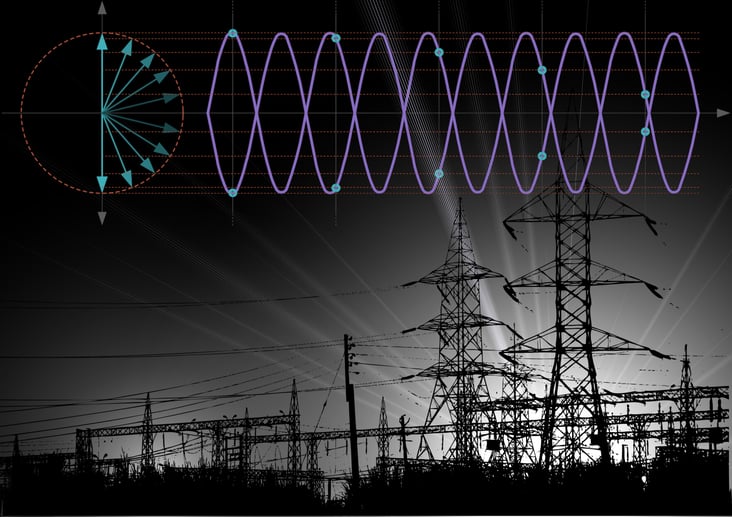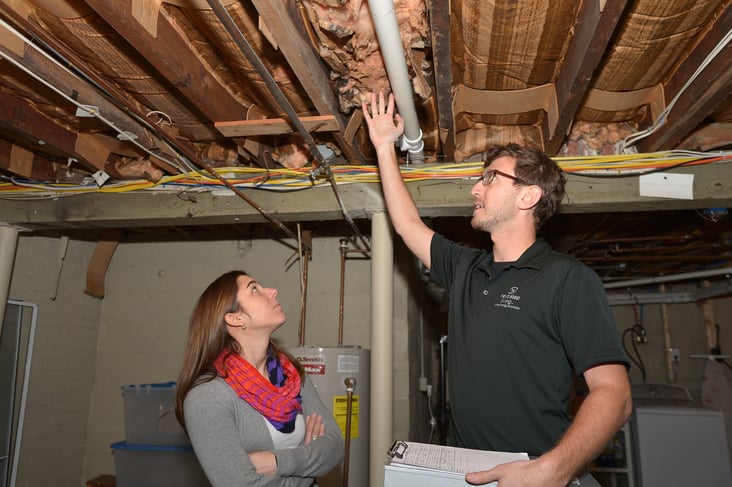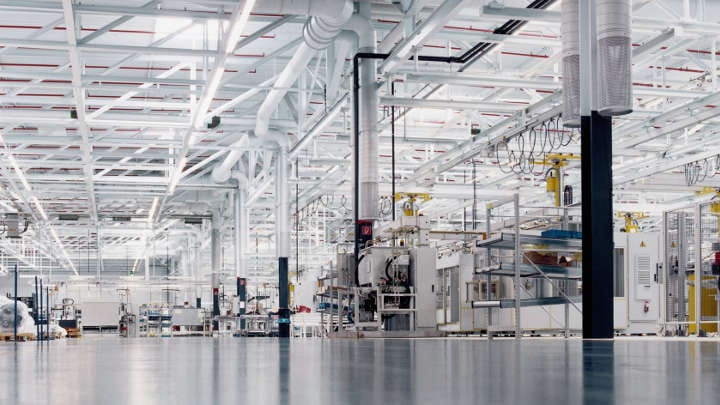This post is one in a series featuring the complete slate of advanced energy technologies outlined in the report This Is Advanced Energy.

Image courtesy of AEE member Bosch.
Efficient appliances and electronics reduce energy use while delivering the same or superior performance. Together, appliances and electronics comprise 28% of annual energy costs for the average U.S. household, with large appliances such as refrigerators, dishwashers, and clothes washers and dryers consuming nearly half of this energy. Energy use can be cut significantly by using efficient ENERGY STAR certified appliances and electronics, which consume 10% to 50% less energy than standard models. Some appliances exceed these savings: Efficient Bosch clothes washers use 60% less energy than the industry average while also cutting water use and thereby reducing water-related energy use. Increasingly, consumers can also choose smart appliances and electronics that are capable of responding to price and demand signals, such as programmable thermostats, smart refrigerators and other appliances, and smart power strips that turn off devices when they are not in use to avoid standby losses.
Read More
Topics:
This Is Advanced Energy
This post is one in a series featuring the complete slate of advanced energy technologies outlined in the report This Is Advanced Energy.

Due to a lack of real-time data, grid operators have traditionally based grid management decisions on worst-case scenarios, resulting in inefficient performance. Over the past few years, transmission system operators have deployed synchrophasors to address this inefficiency. Synchrophasors are devices that measure the frequency, magnitude, and power factors (the alignment of voltage and current) of the grid with high speed and accuracy, then send the data back to control centers. Utilizing data time-stamped from GPS satellites, synchrophasors detect shifts in grid conditions in real time to improve management.
Read More
Topics:
This Is Advanced Energy
This post is one in a series featuring the complete slate of advanced energy technologies outlined in the report This Is Advanced Energy. 
Image courtesy of Waste Management.
Landfill gas (LFG) is a form of biogas produced by decomposition of organic waste in landfills. This gas is a roughly 50:50 mixture of methane and carbon dioxide, with smaller amounts of nitrogen and other compounds. LFG is produced naturally in all landfills, and can be captured and used for productive purposes instead of being vented or flared. In order to capture LFG, perforated tubes are inserted into the landfill. With existing landfills, the collection system must be added, but with new landfills the system can be installed as part of normal operations. After being extracted from the landfill using vacuum pumps, the LFG is compressed, dried, cleaned of certain contaminants, and used to power a gas turbine, a gas engine, such as GE’s Jenbacher landfill gas engine, or in some cases a boiler or steam turbine. As a rough rule-of-thumb, 1 million tons of municipal solid waste (MSW) in a landfill will produce enough LFG to produce 1 MW of electricity for about 20 years. LFG can also be used in combined heat and power systems (CHP), or used directly as an industrial process fuel if a suitable site exists near a landfill. With addition purification, LFG can be upgraded to a pipeline-quality substitute for natural gas, including compressed natural gas (CNG) for vehicles.
Read More
Topics:
This Is Advanced Energy
This post is one in a series featuring the complete slate of advanced energy technologies outlined in the report This Is Advanced Energy.

Utilities across the country run energy efficiency programs that provide rebates, loans, information, and services to residential, commercial, and industrial customers to help them reduce their energy use and save money. Energy efficiency improvements provided through utility programs include technologies and building systems that reduce energy use while still delivering the same or superior service, such as lighting, appliances, behavioral energy efficiency, heating and cooling equipment, and building materials and systems. Many utility programs also offer services, such as energy audits, to help customers identify and understand potential savings. While these programs are administered by utilities, the services are typically delivered by private sector companies such as Lime Energy and CLEAResult. Thanks to energy efficiency improvements, energy consumption by the average U.S. home has decreased over time, dropping 21% from 1980 to 2009 even as the size of homes has grown and the number of electronic devices has proliferated.
Read More
Topics:
This Is Advanced Energy
This post is one in a series featuring the complete slate of advanced energy technologies outlined in the report This Is Advanced Energy.

Image courtesy of AEE member Philips.
Energy Service Companies (ESCOs) reduce customers’ energy use and costs by implementing comprehensive energy efficiency solutions. This typically involves retrofitting existing buildings with energy efficient equipment such as high-efficiency lighting, heating, ventilation, and air conditioning, and energy management and control systems. In addition, ESCOs often provide equipment and services related to onsite power generation, such as combined heat and power and distributed solar, and may also offer energy procurement services. ESCOs typically handle all aspects of a project, including financing, design, installation, maintenance, and monitoring. ESCOs pioneered the use of a business model called energy savings performance contracting or guaranteed energy savings contracting. With performance contracts, the energy cost savings are used to pay for the capital improvements of the project over time, with the ESCO assuming the risk. Performance contracts therefore eliminate one of the key barriers to energy efficiency deployment: raising capital.
Read More
Topics:
This Is Advanced Energy




